May 24, 2025 | 16:27 GMT +7
May 24, 2025 | 16:27 GMT +7
Hotline: 0913.378.918
May 24, 2025 | 16:27 GMT +7
Hotline: 0913.378.918

Minister of Agriculture and Rural Development Le Minh Hoan shared about resources for sustainable development of agriculture and rural development in the direction of cooperation - connectivity - market at the University of Water Resources on December 11. Photo: Minh Phuc.
On December 11, the Ministry of Agriculture and Rural Development convened a Conference on State Management Training associated to achieve sustainable agriculture and rural development by 2025 in the northern area".
Sharing visions, strategies, guidelines, tasks, and resources for sustainable development in the direction of "cooperation - connectivity - market," MARD Minister Le Minh Hoan stated: "Right now, Vietnam must consider the cost of remaining unchanged and failing to move toward a green economy, a green agriculture."
He stated that agriculture and rural transformation is the restructuring of economic, cultural, and social systems. The economy is built based on spiritual values and places the human being at the center. As a consequence, it is critical to increase rural people's competence and intellectual aptitude to develop innovative and self-sufficient farmers who understand how to share, collaborate, plan production, and accept market rules.
"What we need to study is the importance of yesterday. As with science, there are challenges for which we have discovered answers, but now we continue to seek newer, faster, and simpler ones," the Minister said.

Minister Le Minh Hoan presented a gift of Vietnam's OCOP product to JICA Vice President - Shinichi Yamanaka.
Have we ever considered what factors contribute to the success of agriculture in the United States, Japan, Korea, or Europe? The first individual believes that since the United States and Japan are wealthy, they can have such sophisticated agriculture, while impoverished nations are unable to do so.
The second thought is that although agriculture in the United States and Japan is similar to ours, they have improved their infrastructure and technology. These two poles have the same perspective since they are just seeing the "tip of the iceberg."
"Sometimes, we see just what is visible and ignore the invisible or difficult-to-see," the agricultural leader said. Certain people are not used to paying close attention to what is behind, in detail." Similarly, we often focus only on the present, rather than the past.
Japanese is renowned for its "five whys" method. This is an iterative interrogative strategy for determining the cause-effect relationship underlying a particular problem. Its objective is to identify the defect or problem's root by repeatedly asking "Why?" Each response serves as a springboard for the subsequent inquiry. Toyota has successfully implemented the technique and they have gained.
Minister Le Minh Hoan stressed and explained: "The issue is whether we are ready to find or have acute eyes to notice when anything is wrong or needs improvement to advance. When you are blind to a problem, you will take no action, because inactivity is a kind of action."
Minister Le Minh Hoan praises the 10-year effort to construct new rural areas as "massive, comprehensive, and historic." However, Saemaul-undong, or the New Village Movement, which was launched in 1970 by South Korean President Park Chung-hee to modernize the rural economy, has been recognized by UNESCO as part of South Korea's cultural heritage.

Minister Le Minh Hoan, leaders of Lai Chau province, and international friends took photos with the people of Sin Suoi Ho village (Sin Suoi Ho commune, Phong Tho district, Lai Chau province). Photo: Laichau.gov.vn.
The reason for this is because the movement strongly values rural people's "Saemaul spirit," which consists of three elements: "hard work, self-reliance, and collaboration." This movement is not merely an action plan, but also a "motivation for awareness transformation" and "a movement for action."
Rural Koreans often performed cheering songs for the New Village movement in the 1970s, containing the phrase "Let us create a lovely life together with our might."
"If people remain immobile, unreliable, and work at their discretion and preference, and all rely on the support of the country, then that locality or country will never develop," Minister Le Minh Hoan stated. "If we do not approach with the Koreans' "Spirit of Saemaul," it is possible that our new rural construction program, OCOP - one product, one commune, will go astray."
For a long time, we battled to concentrate on "hardware" rather than "software," which is each locality's spiritual, cultural, historical, and communal worth.
Minister Le Minh Hoan said that with quickly changing customer demand, a product may remain for just a few years before disappearing due to its inability to compete. We cannot assist farmers in creating new goods continually, but we can assist them in improving their knowledge, skills, collaboration, and community cohesiveness to produce value. brand-new therapy.
According to the agricultural industry's chief, marketing a product is often more challenging than making it. Without an understanding of how to interact with the market, you will fail to boost manufacturing. Market decoding is also more complex than production decoding since the market is more "fluffy" and subject to change. Each market has unique needs, and as a result, we must understand each market to design the optimal product. Meanwhile, there are a hundred vendors and ten thousand purchasers on the market.
Agriculture and rural tourism are a strategy; we do not do it for pleasure. Through agricultural and rural tourism, indigenous resources and OCOP goods will be activated.

Minister Le Minh Hoan happily accepted souvenirs sent by the people of Sin Suoi Ho village. He "appreciates the smart, friendly way of tourism" of the local people. Photo: Laichau.gov.vn.
"I recently paid a visit to Lai Chau's Sin Suoi Ho community-based tourism development approach. I was awed by their innovative and sustainable approach to tourist promotion. While we may believe they offer tours just to increase ticket sales, they told me that without tourist growth, this town would eventually disappear. The village was formerly a drug hotspot in Lai Chau province, with many residents hooked to drugs and alcohol. People's perceptions have shifted as a result of decades of community tourism. They are more intelligent, they quit drugs, and they keep away from alcohol "Minister Hoan stated.
Often, we see that certain items have no worth, yet that is their genuine value. Not merely a golden forest, silver sea, or a contemporary tourist complex like Ba Na Hills, but we need to reactivate rivers, streams, and ruins and bring them back to life for tourism (Danang). As a result, we must combine several values to engage each piece of land, each neighborhood, and the whole nation.
Translated by Linh Linh
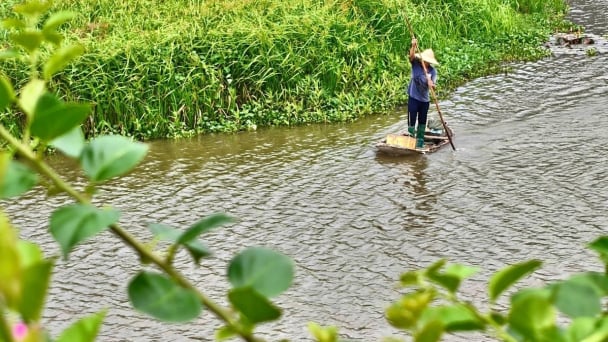
(VAN) In the tranquil wetlands of Van Long, there are quiet souls who guard the forests, nurture the waters, and oversee every bird and troop of langurs as protecting the essence of a living heritage.
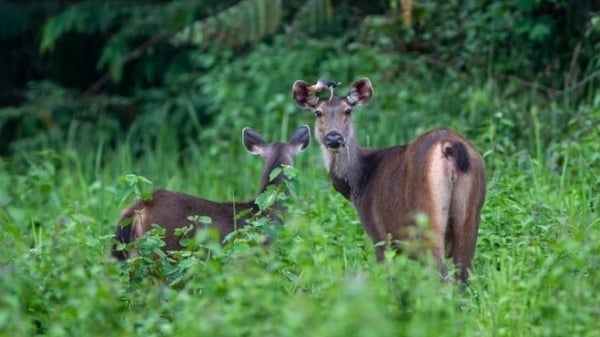
(VAN) WWF, GIZ, IUCN, UNDP call for biodiversity conservation and sustainable development must be regarded as a unity in strategies for a green future.
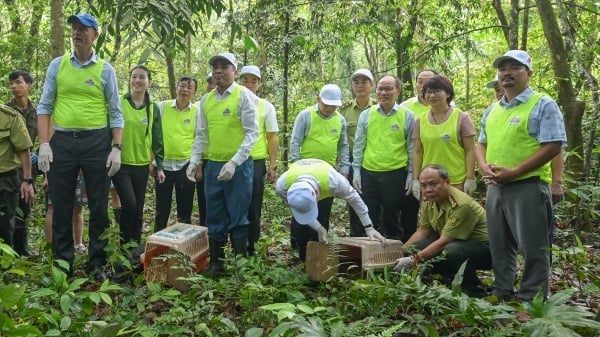
(VAN) On celebration of International Day for Biological Diversity, Deputy Minister Nguyen Quoc Tri called for practical actions to address nature and biodiversity conservation.
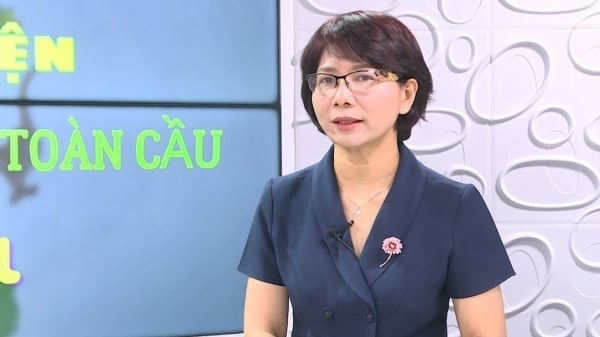
(VAN) Dr. Hoang Thi Thanh Nhan – Deputy Director of the Nature and Biodiversity Conservation Agency – highlighted this on the International Day for Biological Diversity, May 22, 2025.
![Ho Chi Minh city adapts to climate change: [2] Accelerating action](https://t.ex-cdn.com/nongnghiepmoitruong.vn/608w/files/chiqk/2025/05/22/4024-4220-bien-doi-khi-hau-1-100626_766.jpg)
(VAN) Clearly recognizing the challenges posed by climate change, Ho Chi Minh city has swiftly shaped its policies and implemented practical solutions to adapt.
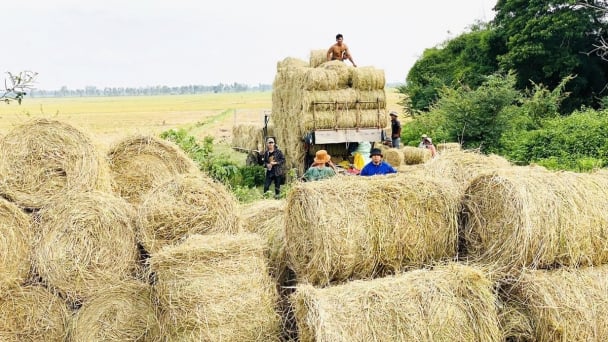
(VAN) Rice straw is no longer just a discarded byproduct, but it is becoming a green resource that helps farmers in the Mekong Delta reduce emissions and promote circular, sustainable agriculture.

(VAN) Other Effective Area-based Conservation Measures (OECMs) are solutions that contribute effectively to achieving the goals of the Kunming–Montreal Global Biodiversity Framework.